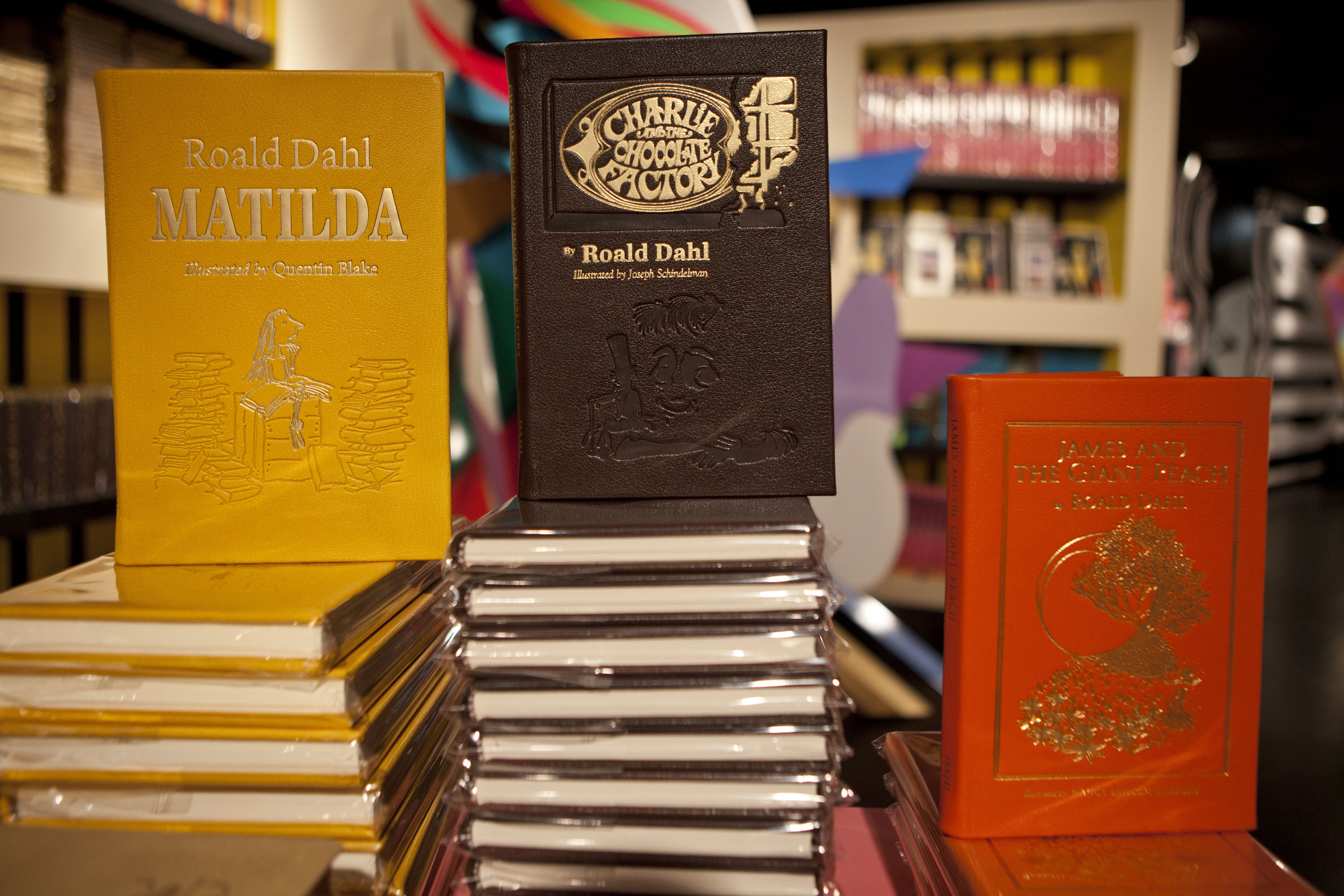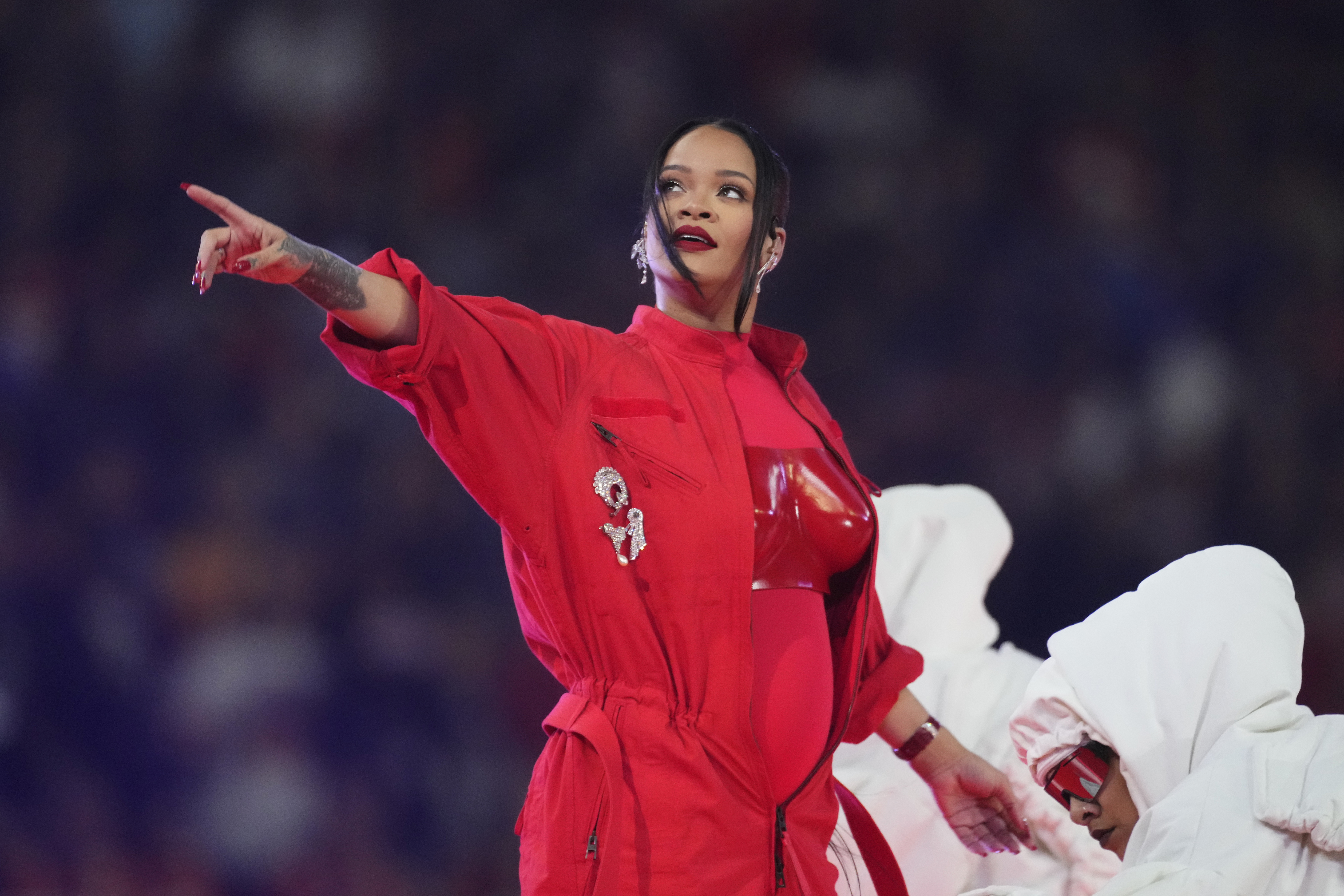It’s a first for Abilene’s No. 1 attraction.
After celebrating the birth of a healthy male in September, the zoo is excited to announce that three giraffe expect calves this fall.
“We’re thrilled to have a breeding group of giraffe and contribute to the sustainability of this threatened species,” said Executive Director Bill Gersonde. “We’ve got our hands full pampering three pregnant cows, but the staff has been diligent. They’re up to the task.”
The matriarch of the herd, 19-year-old Asha, appears to be the farthest along in the 15-month gestation period and may give birth as early as September. This is a second pregnancy for Asha, who calved in 2002.
First-time moms Sunny and Jamie appear to be due sometime during the fall or winter, possibly early next year. All three females are reticulated giraffe, while the 12-year-old father, Mesi, is a Rothschild giraffe bull.
Jamie is recommended as a good genetic match by the Association of Zoos and Aquariums’ Species Survival Plans. Giraffe do not have a breeding “season,” and can give birth any time of year.
One of the goals of the new Giraffe Safari area was to improve the animals’ living space and allow for a cooperative breeding program through the Association of Zoos and Aquariums Species Survival Plans for threatened and endangered animals.
The first youngster born in that new home was Mananasi, a male born Sept. 10, 2016, to first-time mom, Punk, a longtime member of the Abilene herd.
Giraffe Facts:
- The average gestation period is 15 months.
- A baby giraffe is called a calf.
- Usually only one calf is born, although twins have been recorded.
- Newborn calves grow quickly and can nearly double their height in the first year.
- Giraffes give birth standing up, requiring the newborn to fall about six feet to the ground.
- A calf can stand and run within an hour of being born.
- Newborns average 6 feet tall.
- Calves will suckle mother’s milk as soon as they stand.
- Calves are reliant on mother’s milk for up to a year.
(News release from the Abilene Zoo)










